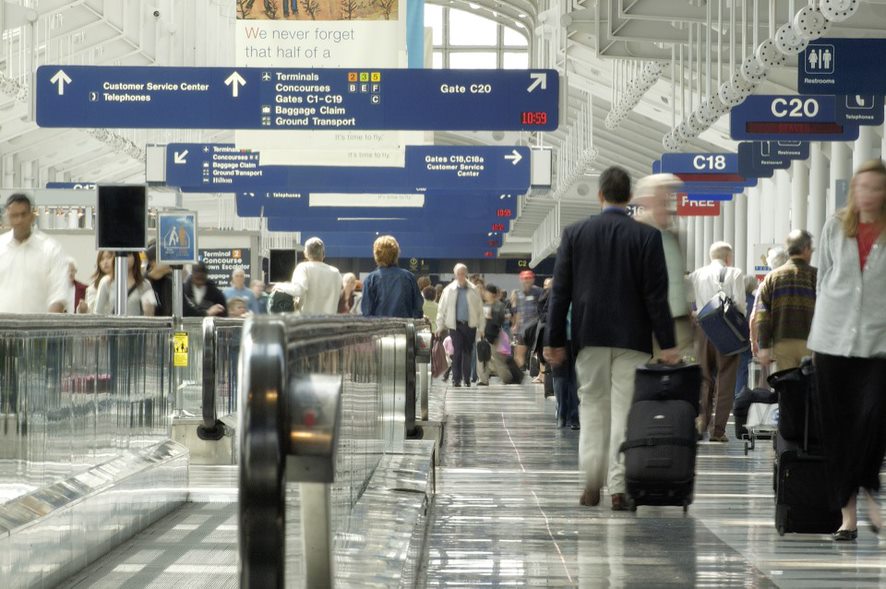Airports Council International (ACI) World has today published comprehensive guidance for airports as they prepare to restart operations to assist them in sustaining a business recovery in the midst of the COVID-19 pandemic.
The COVID-19 pandemic has caused a systemic crisis resulting in unprecedented disruption to global air transport. ACI World estimates that, in 2020, airports will suffer a reduction of more than 4.6 billion passengers and decline in revenue of more than $97 billion U.S.
The publication issued today, Aviation Operations during COVID-19 – Business Restart and Recovery, provides best practice examples and guidance for both the initial phases of this business restart, as well as the longer-term recovery process, as the industry prepares for the “new normal” post-COVID-19.
ACI World recently collaborated with the International Air Transport Association (IATA) to lay out the principles of restart and recovery. Today’s publication goes into greater detail, building on the principles to provide guidance on all aspects of airport management and operation to enable the restart of operations while maintaining the confidence of staff and travellers. It is a product of collaboration between ACI World and Regions, their member airports and their partners in the aviation industry.
ACI World expects the return to business for the aviation industry to come in phases:
- initial restart with a limited number of passengers
- recovery with a slow increase in passenger volume
- gradual scale-up in capacity, and then
- return to more traditional passenger volumes.
Any new measures that are introduced at airports will need to evolve through these phases until, eventually, the industry will arrive at “the new normal” in terms of the end-to-end passenger journey.
“COVID-19 has been an unprecedented global challenge, particularly to the aviation industry, with the quick spread of the virus resulting in governments rapidly restricting travel and closing borders to limit the spread,” ACI World Director General Angela Gittens said. “This has had a drastic and detrimental effect on airports worldwide and a variety of new measures could become a necessity at airports as the industry restarts.
“For airports, the focus is to protect the health and welfare of travelers, staff, and the public, to minimize the opportunities for dissemination of disease while maintaining efficient operations.”
Airports are not expected to use all the options provided in the document but it gives advice on implementing best-practice measures that might be appropriate, depending on local circumstances.
ACI has identified key principles to guide the implementation of practical, efficient, and workable health-related and operational measures. ACI believes that measures should be supported by medical evidence, should be risk-based and outcome-driven and that blanket on-airport health screening should be avoided.
In the implementation of measures, the guidance urges, there should be coordination between governments, clear definition of responsibilities and good communication to the travelling public. As well, it may be necessary to accelerate needed regulatory change.
“Collaboration, cooperation and consistency are key, first for the industry to successfully restart, and then for sustaining a balanced recovery,” Angela Gittens said. “ACI is a member of the ICAO Council Aviation Recovery Taskforce and we will continue to work with our global partners to advocate for the harmonization of measures, processes and procedures that are introduced as a result of COVID-19.
“Governments and industry regulators will need to ensure that any new processes that they require airports to introduce are adapted to changing data and medical evidence and ensure that they remain aligned with those deployed through other modes of transport and the wider society.
“To help airports navigate this changing landscape, this publication is intended to be a living document with chapters added or amended as additional information becomes available and each chapter can be read as a standalone document.”



